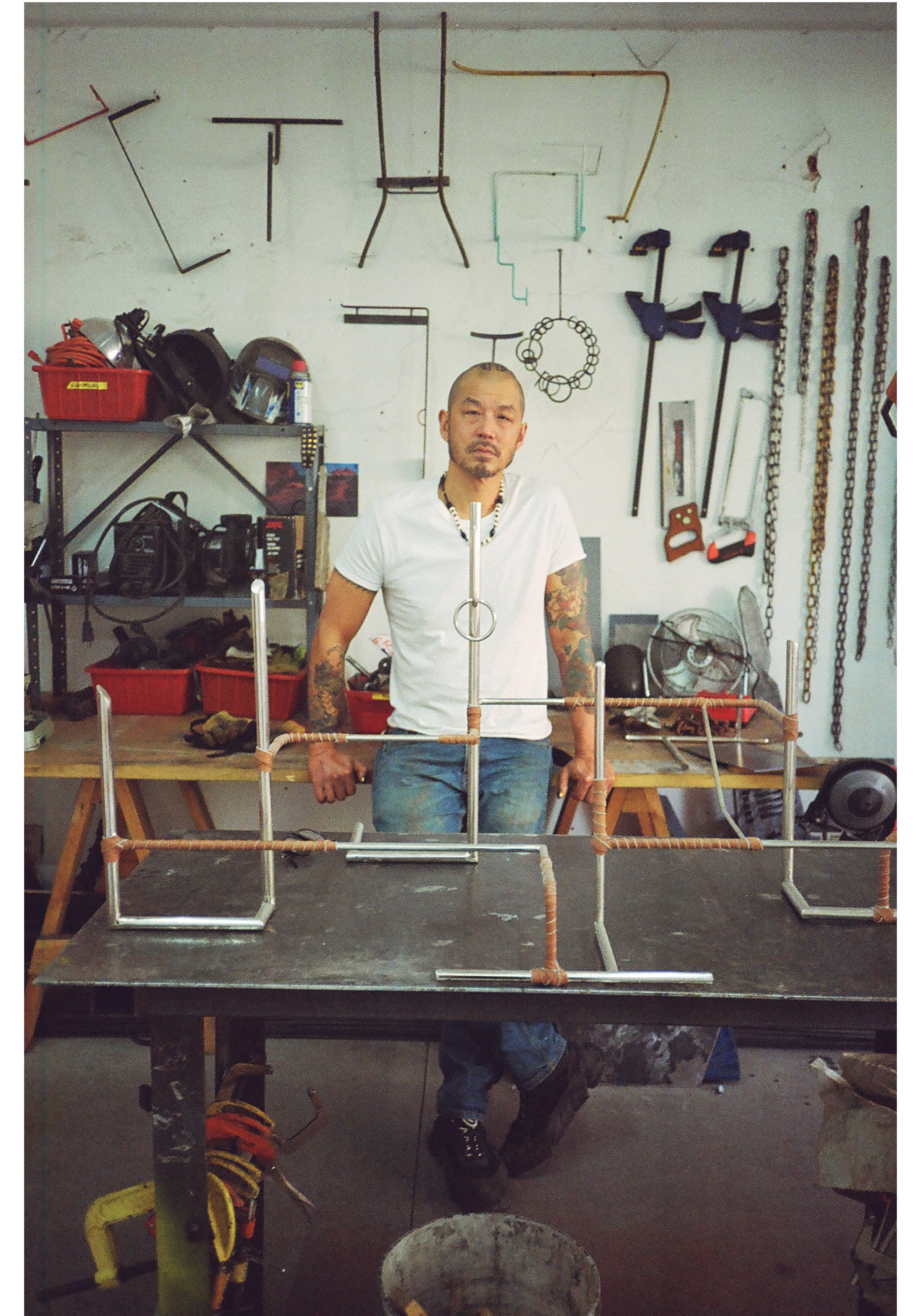Yeni Mao (b. 1971 CAN) is a Mexico City based Chinese-American sculptor. He received a BFA from The School of the Art Institute of Chicago, and subsequently trained in foundry work in California, and the architectural industries of New York. Most recently, Mao presented the solo exhibitions “Innumerable Fires” at Campeche in Mexico City, ”An array of disruptions and codependencies” at Brooke Benington in London, and a solo presentation at Frieze Focus LA with Make Room. Mao has been included in group exhibitions in Museo Jumex, Museo Tamayo, Museo Anahuacalli and Dallas Contemporary. Additionally, his work is included in the collection of the Museo Jumex, the Kadist Foundation, the CC Foundation. Mao is a recipient of the Pollock-Krasner Foundation Grant and his work has been written about in Art in America, Frieze, and The New York Times. The fall of 2026 he will present a solo exhibition at Museo Anahuacalli in Mexico City.
The sculptural practice of Yeni Mao engages in issues of fragmentation through a series of assemblages and architectonic arrangements. In a manner of material fetishization, the works imply abstracted, unraveled bodies; cyborg constructions of found, fabricated, or sculpted components. Predominately using steel, ceramic, and leather as raw materials, Mao constructs the works himself, citing the act of making and the transformation of materials as a vehicle to both content and form. Mao evokes and examines a sense of otherness, with the concurrent sensations of restraint, domination and order. His works are coded with references to subcultures, countercultures and outsiders; enforced or self imposed on account of their social, racial, sexual, or transnational status. Mao sees deviance as the basis for his multivalent practice. Often layering these larger concerns over his own personal histories and social positioning, most recently the projects are based in family mythologies.
Playing with the condition of suggestion, Mao places importance on the negative space, the absences, through a circumstantial framework. Equating the anatomy of the body and building systems, he suggests the fabrication and dismantlement of our surroundings is also a reconsideration of ourselves. Mao frequently places allusions to mythological animals in these suggestive environments, “…posit[ing] the possibility that knowledge can be found, or made, in the ungoverned experiencing of our bodies, inside and out.” *
*Gaby Cepeda, Art in America, April 2022
Fragmented: Yeni Mao Office Magazine, Feb 23 2024
CNTRFLD.art In Conversation with Yeni Mao, Jan 30 2024
